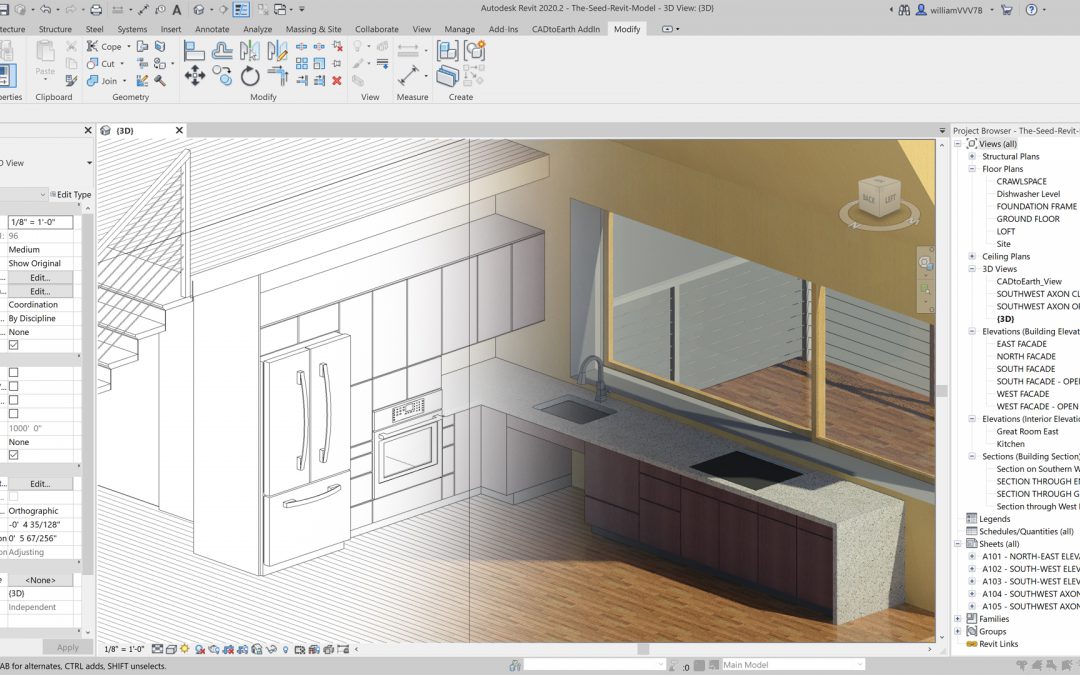
by William | May 26, 2021 | Small Footprint
Dear Readers,
The great thing about presentations is that they force William and I to accomplish tasks we would rather procrastinate on. For example, the rendering William completed for our presentation to Pittsburgh’s Green Building Alliance was, at best, rough. For this next presentation we have coming up for Philadelphia’s Green Building United, we want people to really see this beautiful image of our home we have revolving around in our own heads.
That means we need to hunker down and pick interior materials and products. And if you are attempting to meet the Living Building Challenge, that does not result in: “oh, let’s just go to Home Depot and see what we find today…”
When I look for a fridge, I need to know where exactly it is manufactured, does it have a Declare Label, does the refrigerator use any HFCs or does it rely on R600a (which has a lower global warming potential), and is the refrigerator itself made with any Red List chemicals? Not to mention if the fridge comes in the color and design William wants…oh! And how much energy does it actually use?
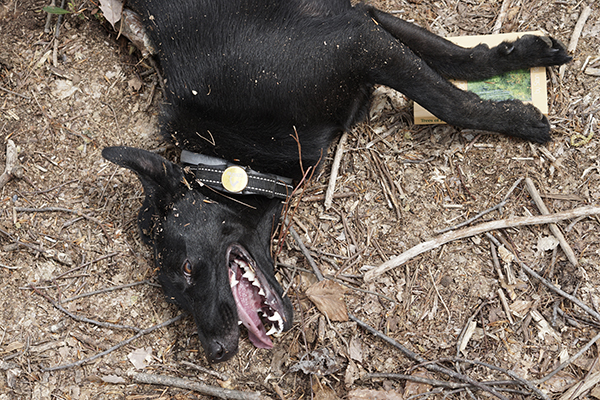
by William | May 12, 2021 | Small Footprint
Dear Readers,
I am starting to feel like I am wasting my time attempting to rely on technology to map our trees. I made a second attempt at using a GPS app to pinpoint the exact longitude and latitude of specific trees on our property (the ones surrounding our home’s intended location and our potential driveway). While this app, called “GPS Coordinates,” was much more accurate at placing trees on a map in relation to our property lines, it was still not 100%.
To start, that ‘unknown big tree’ that is supposed to be directly at the beginning of our potential driveway looks about 50 feet off. Same with the big red oak and pin cherry tree that looks like an elbow…about 50 feet off.
That wee mountain maple that is supposed to be along our driveway, looks to be off by almost 100 feet. That large Scarlet Oak is also way off…I think the American Beech tree is accurate…
Grant it, these coordinates are all shown on Google maps, which is not totally accurate at placing specific, ‘small’ things, in regards to property lines. I mean look at how the same pins show up in completely different places, depending on whether or not you are viewing the property in ‘landscape’ or not…
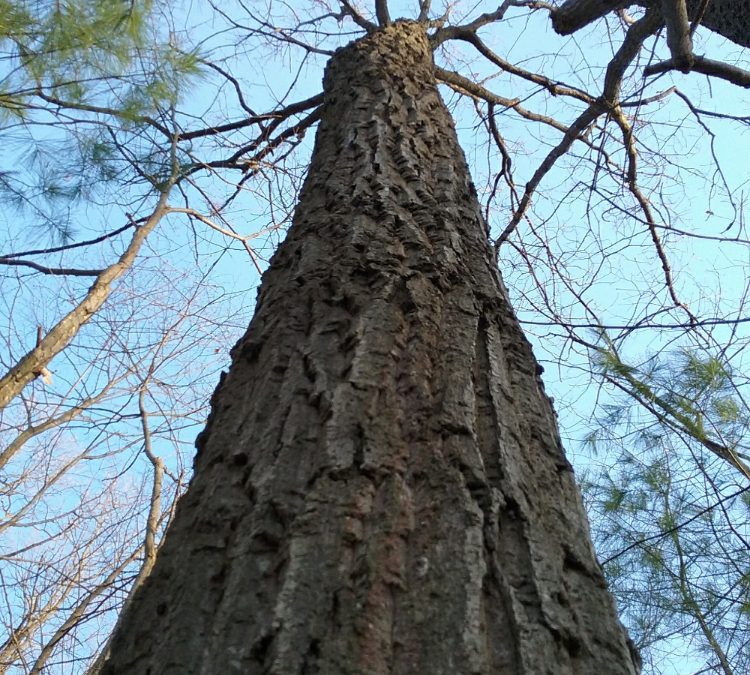
by William | Apr 14, 2021 | Small Footprint
Dear Readers,
I love trees. I love how tall and expansive they can grow. I love how their roots entangle and wrap and twist over just about whatever they gosh darn please. I love the feeling of their bark. I love the feeling of humility they inspire.
Trees are good. And I want to get to know every single one of them on our property. Where they are located, what kind they are, how healthy they are, how old they are…it’s just too bad I’m so awful at it.
The first area I fail at is locating them. If I can’t locate them…I can’t protect them.
William and I want to geolocate trees on our property, and then transfer their coordinates to a site plan. More specifically, we want to locate trees that are at risk of having to be removed during our build. From our anticipated driveway, to our home’s exact footprint, there are certain trees, that if possible, we want to avoid touching entirely (like this absolutely beautiful American Beech tree…and this really cool grouping of Red Oaks).
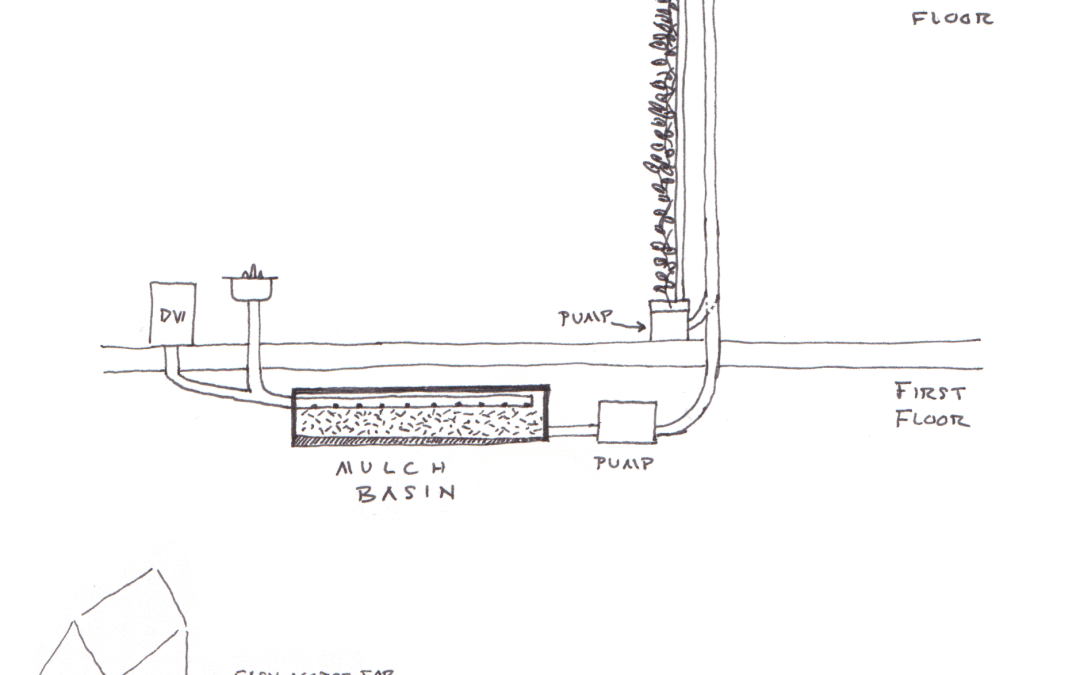
by William | Mar 10, 2021 | Small Footprint
Dear Readers,
This blog is short and sweet, because at the moment, ‘tis only an idea. For a refresher on our current ideas and challenges with treating all of our wastewater on-site, check out The Water Petal on our presentation blog. It explains in depth the depicted diagram shown below:
One of our issues with the above plan is we are unsure on what that filter should be in between our grease trap and indoor greywater garden wall. We have not been able to find any manufactured filter that is willing to treat kitchen water…so we are being encouraged to get creative, while still adhering to code….
An indoor kitchen mulch basin?
A mulch basin is a basin filled with mulch (woodchips) and a drain at the bottom. When effluent (in our case, kitchen and maybe laundry wastewater) is discharged onto or into the mulch, the mulch catches all of the particles and grease, and allows the water to filter to the bottom and out the drain. I emphasize “onto or into” because some systems have the wastewater being discharged below the ground surface, and then into a mulch basin. This type of subsurface mulch basin is preferred for kitchen waste water due to its desirability to animals (noms, grease). For both surface and subsurface mulch basins, bugs naturally find their way to the greasy wood chips, and help break down the organic matter.
The mulch does need to be replaced once a year, and is advised to be disposed of as compost. Some people have actually used the old mulch as supplemental chicken feed due to its high protein content!
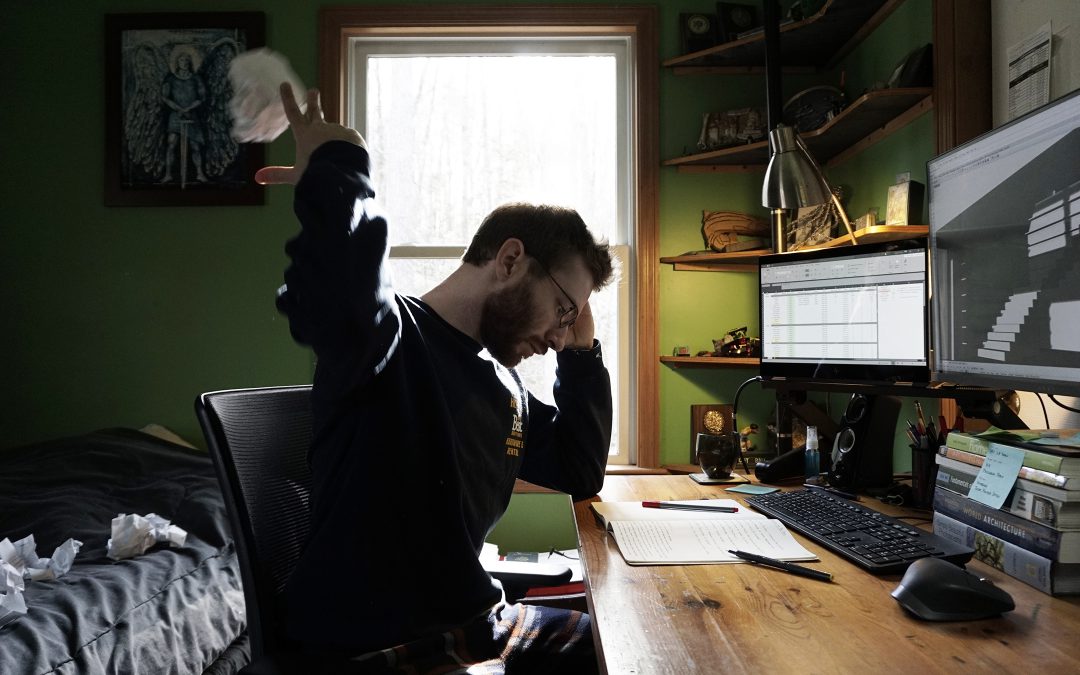
by William | Jan 27, 2021 | Small Footprint
Dear Readers,
The title of this blog makes me chuckle…our whole house is one large problem. And the reason we are trying to build it, is to solve environmental and social problems. We are facing a problem, so to conquer another problem. Problems, problems, problems. The funny thing about it, is that the more William and I say the word “problem” to one another, the less it sounds like an actual word, and more like something that is just there. And we need to have fun navigating it.
Ready? Try it with me: Problem. Problem. Problem. Problem. Problem. Problem. Problem. Problem.
And now that you have thoroughly realized that you have wasted your time repeating something that initially invokes large amounts of stress…and in reality, it is just a ‘problem,’ we take a deeeeeeeeepppppp breattthhhhh….
….and we move forward.
So! What are William and I’s problems? More specifically, what are the large problems we need to solve before we begin to build The Seed? Well, large problems that don’t include funding…that’s a whole other problem on its own. Problems. Ten of them, for now, to be exact.
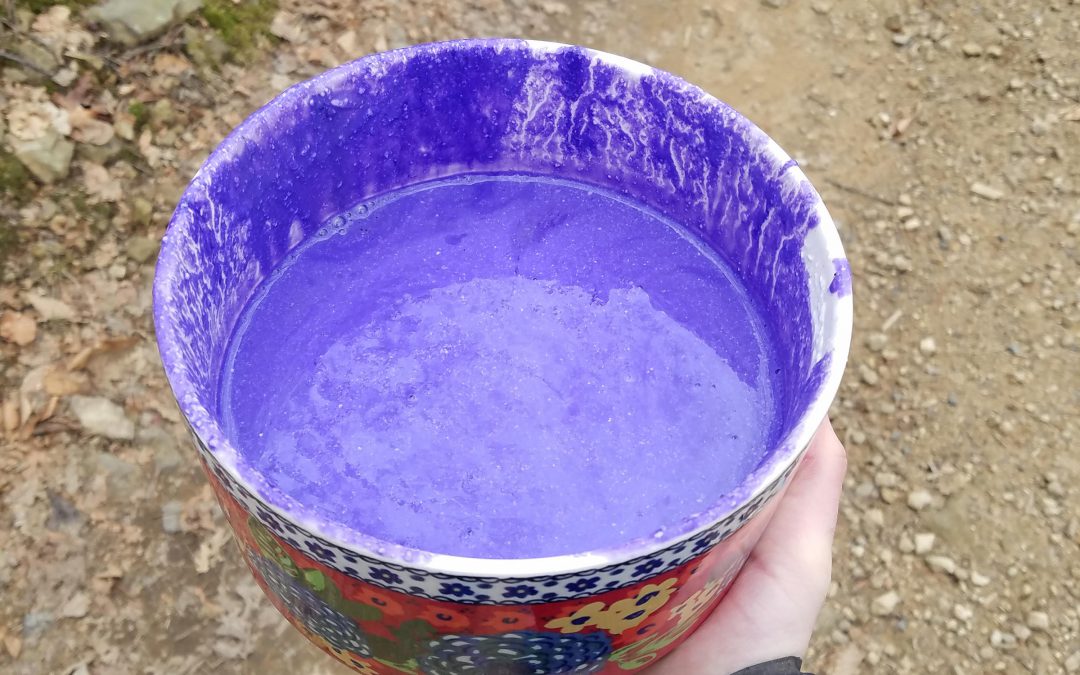
by William | Jan 20, 2021 | Small Footprint
Dear Readers,
Marking one’s property is an instinctual inclination. Cats spray. Dogs pee. Some other animals poop. William and I wanted to mark our property as well. As peeing on our trees is not an accepted legal form of marking one’s property in Pennsylvania, we decided to go with another route.
For those who own tantalizing lands for hunting, but are not entirely comfortable with letting people cross their boundaries, posted signs are the traditional way to go. In some states, however…Pennsylvania included…purple paint markings on a property’s perimeter are acknowledged as ‘no hunting, fishing, trapping, or overall trespassing’ signs. The paint markings must be 3 to 5 feet above the ground, at least 1’’ wide by 8’’ long in size, and spaced no more than 100 feet apart.
William and I decided to go with the purple paint when marking our property. See? No human excrement involved.
Being the nutsy environmentalists that we are, we didn’t want to use typical paint. Many paints have VOCs and are not good for the tree itself (paint basically clogs the tree’s pores with all of its chemically and plasticky compounds). Grant it, we would only be painting a 1’’ x 8’’ mark on the tree…which really is very small in the overall surface area of a mature tree…and probably would not harm the tree in any real significant way…but we are who we are and did what we did. We found an organic way to make purple paint for our trees~ and looked bonkers doing it. We still are not totally sure if it worked. But it was fun!






